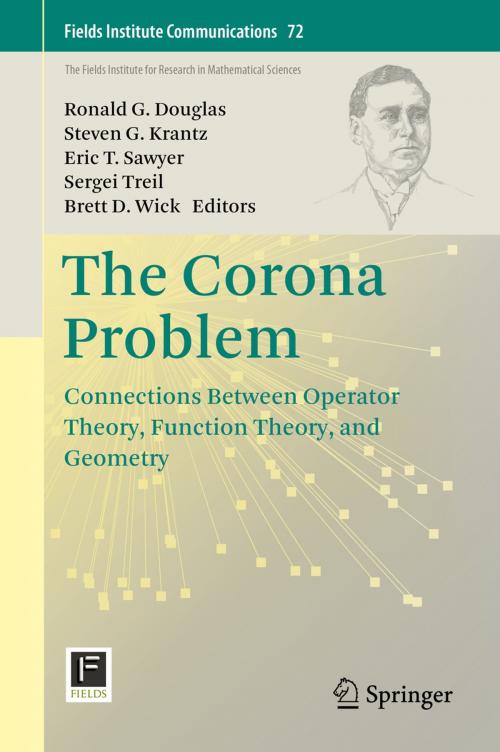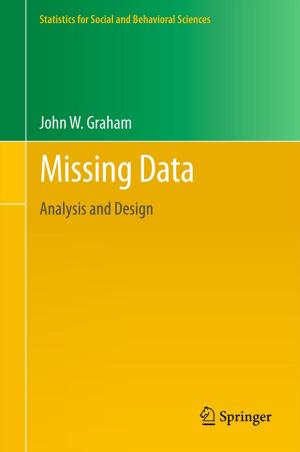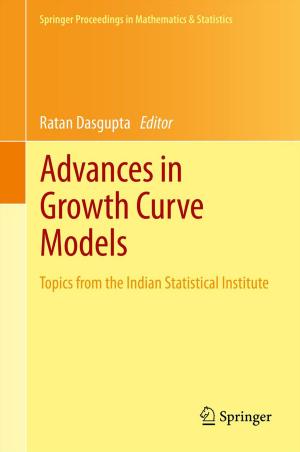The Corona Problem
Connections Between Operator Theory, Function Theory, and Geometry
Nonfiction, Science & Nature, Mathematics, Functional Analysis, Mathematical Analysis| Author: | ISBN: | 9781493912551 | |
| Publisher: | Springer New York | Publication: | August 5, 2014 |
| Imprint: | Springer | Language: | English |
| Author: | |
| ISBN: | 9781493912551 |
| Publisher: | Springer New York |
| Publication: | August 5, 2014 |
| Imprint: | Springer |
| Language: | English |
The purpose of the corona workshop was to consider the corona problem in both one and several complex variables, both in the context of function theory and harmonic analysis as well as the context of operator theory and functional analysis. It was held in June 2012 at the Fields Institute in Toronto, and attended by about fifty mathematicians. This volume validates and commemorates the workshop, and records some of the ideas that were developed within.
The corona problem dates back to 1941. It has exerted a powerful influence over mathematical analysis for nearly 75 years. There is material to help bring people up to speed in the latest ideas of the subject, as well as historical material to provide background. Particularly noteworthy is a history of the corona problem, authored by the five organizers, that provides a unique glimpse at how the problem and its many different solutions have developed.
There has never been a meeting of this kind, and there has never been a volume of this kind. Mathematicians—both veterans and newcomers—will benefit from reading this book. This volume makes a unique contribution to the analysis literature and will be a valuable part of the canon for many years to come.
The purpose of the corona workshop was to consider the corona problem in both one and several complex variables, both in the context of function theory and harmonic analysis as well as the context of operator theory and functional analysis. It was held in June 2012 at the Fields Institute in Toronto, and attended by about fifty mathematicians. This volume validates and commemorates the workshop, and records some of the ideas that were developed within.
The corona problem dates back to 1941. It has exerted a powerful influence over mathematical analysis for nearly 75 years. There is material to help bring people up to speed in the latest ideas of the subject, as well as historical material to provide background. Particularly noteworthy is a history of the corona problem, authored by the five organizers, that provides a unique glimpse at how the problem and its many different solutions have developed.
There has never been a meeting of this kind, and there has never been a volume of this kind. Mathematicians—both veterans and newcomers—will benefit from reading this book. This volume makes a unique contribution to the analysis literature and will be a valuable part of the canon for many years to come.















